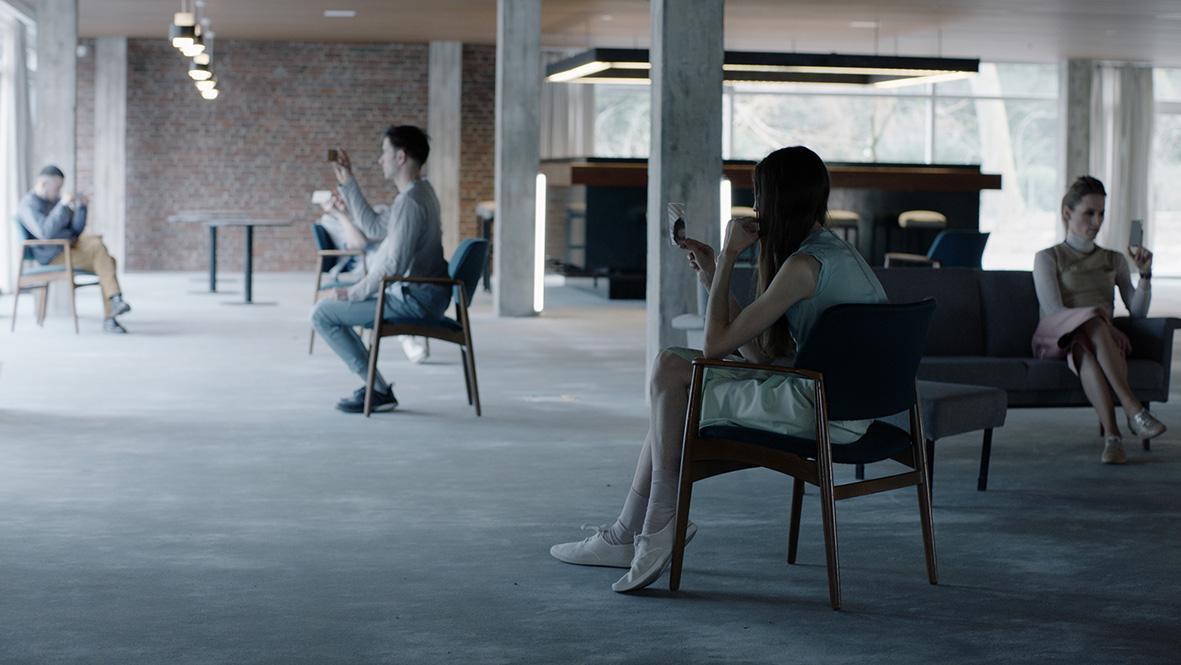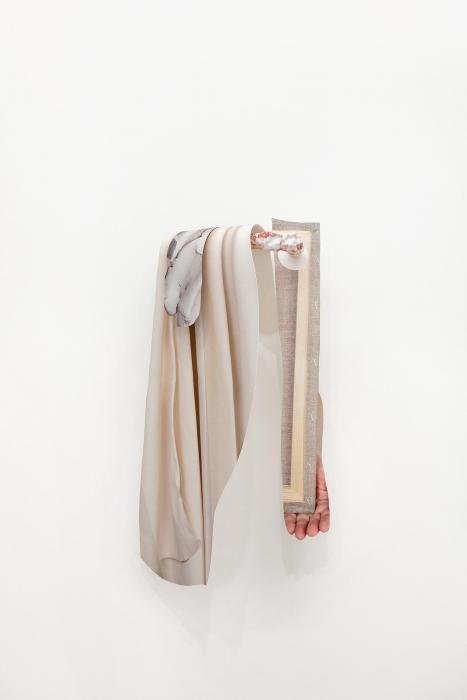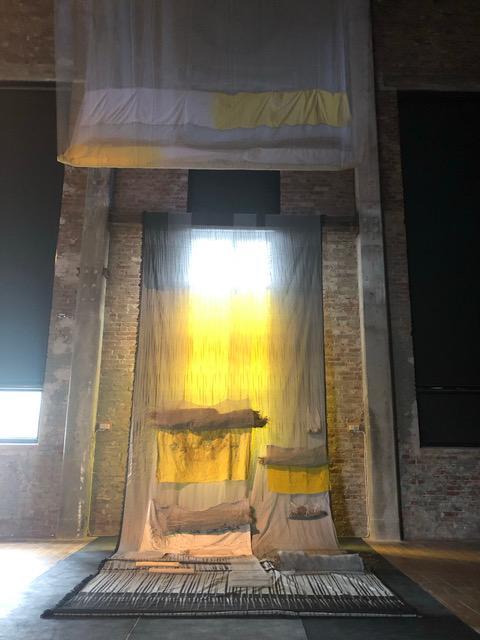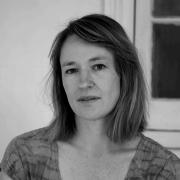Entanglement in the far North
‘The inhabitants of the world, creatures of all kinds, human and non-human, are wayfarers; generations are like a series of interlaced trails.’ [1] Donna Haraway
Artists are in a constant state of negotiation and reshaping, examining ways to find and invent possibilities that best fit our ever-evolving ontologies. It fits then, that artists are given increasing platforms to test and express pressing issues of our time. This is most apparent in the Nordic countries where in the past year alone, there have been six art biennales. The sense of urgency is felt in these hubs of experimentation, where the heat from above is not only melting the ice caps, but is also creating a more fluid world, where we can once again take notice of complex threads of connection, lost to us since modernity.
During my recent trip to Scandinavia, I was drawn into a collective inward breath, where our limited comprehension of the world, with all its intricate connectivity, is dawning on us all. The threads that bind long-held narratives of Scandinavian social and natural histories are losing their grip; and through the gaps an alternative world view is beginning to emerge—or rather re-emerge after 400 years of obscurity.
A re-think of my own ancestral story reveals a complex tale. My Grandmother’s line tracks through the earth and sea to the Walloons of Belgium. In the 17th Century, the Walloons migrated north to Sweden, bringing with them refined iron skills that quickly became integrated into the working methods of the iron mines of Uppland and Östergötland. It is believed that it was the Walloons who helped bring Sweden out of the dark ages into the new industrial economy with their fine skills with iron.
Take a moment to shift your focus now, away from this human-centric origin story, look downwards, deep into the Baltic Shield, the part of the Earth’s crust that sits beneath Sweden. Down towards the ‘matter’ that made this migration story possible, and pre- existed the people who exploited it. The sedimentary rocks that contain the iron ore deposits are the oldest rocks in the European continent at over 3000 million years old, with a thickness of up to 300 km at their deepest section.
Take a closer look. Active microbial communities are busy using iron within the rocky caves to breathe, in a similar way that we use oxygen to survive. Look closer still. The process is causing the cave walls to become soluble, and in some cases dissolve completely. Over time, voids in the walls of the cave have met to form a new cave that is large enough for a person to enter. [2] Flash back to 400 years ago, when the Walloons crawled into the first mines in Östergötland. Without the help of explosives, they would have relied on these caves to begin their dig. These first digs began the process that has made Sweden the wealthy country it is today. Surviving in environments of up to 67 degrees Celsius, the microbes have lived deep in the Earth for Millenia—and will remain long after we’re gone
I think back to the story of my ancestors, and the interconnected and symbiotic relationships between human and non-human elements that made it possible. We—I, you—are but a spec of something far more circular and interesting. This thinking is in line with Karen Barad’s definition of ‘matter, as a dynamic and shifting entanglement of relations, rather than as a property of things’—a deliberate mingling of unanticipated pairings and connections. [3]
When I set out on my field trip to Scandinavia, I brought with me a certain anticipation to tap into a very Nordic position from which new and progressive ideas of art making could emerge. What I hadn’t anticipated was the profound sense of entanglement that is present within the region, which reaches beyond my own history and into other, temporal frameworks. The sheer number of Biennales in the North—all well-resourced and many of them remote—are possible due to riches from industrialisation, particularly mining. At each site ideas are presented and questions asked in reference to the Anthropocene, taking nature and culture as entangled with each other. My Nordic art pilgrimage took me to Momentum10 in Moss, to Oslo’s inaugural public art Biennale, over to Stockholm and down to my final destination, the Gothenburg International Biennale of Contemporary Art (GIBCA).
GIBCA has appointed Lisa Rosendahl to curate an open-ended project across two consecutive biennales (2019-2021). For its 2019 edition, Part of the Labyrinth, Rosendahl propositions us to radically renegotiate leading ideas of modernity. Particularly the ideas that arose in the 17th Century through the scientific revolution. This mechanistic worldview saw the end to religious warfare and devastating epidemics on one hand, but also fashioned the world, as Rosedahl describes, ‘as a machine-like system that could be understood and controlled’, putting an end to the understanding of the Earth as a living organism. This shift created order and unity in many regards, but was also ruinous, obscuring correlative relationships with order and systems, setting divisions that have removed us from the Earth and from each other.
Rosendahl asks, ‘How can we understand and change the world if the links between different interactive systems remain invisible?’. [4] Part of the Labyrinth invites us to see what artists tend to already see—our limitations, our entangled existence, our histories—while refusing the series of binaries that have structured Western thought.
With an impressive selection of Nordic and international artists, Part of the Labyrinth is presented over three main venues in the port city of Gothenburg, in Sweden’s west coast. Histories of each site were considered in the selection of artists represented.
Gothenburgs’s Konsthall GIBCA exhibition, Bodies without Worlds, takes the White Cube’s modernist strategies as its key conceptual proposition, ‘separation, autonomy and abstraction – whose consequences include both freedom and violence.’ [5] Sissel Bergh takes us on a cross-cultural non-linear journey using tools of cartography and linguistic research, merging them with Sami story telling and symbolism. Bergh’s art practice describes the intertwining of South Sami and Norwegian culture, and how the South Sami influence on Norwegian and Swedish culture has been suppressed for political purposes. The large wall drawing, made with black ink, articulates Sami belief systems that solace comes from alignment with natural forces, not from the attempt to conquer, or bend those forces to one’s will. The drawing’s non-linear approach is reinforced by a circular mapping technique, where visual hierarchies challenge the non-indigenous eye. Without an ‘obvious’ beginning or end, human and non-human histories are entwined to create opportunities for moving both forward and backwards simultaneously.
In a far darkened room of the Konsthall, Irish artist Dorrean O’Malley’s film Prototypes II: The Institute, 2018 plays across two large screens. In the film, non-binary people are encouraged to step into a fictitious world where gender is fluid. A holographic host, Leonard, explains that the characters have come to the Institute to deconstruct their pre-existing habits in binarisation. Each will eventually have to choose whether or not they will commit to crossing into another multiverse where an alternate version of themselves exists, albeit a world without gender. The film, playing with ideas of utopian science fiction and psychotherapy, is at once optimistic and ominous, a promise of freedom bound by a clinical framework where the present is bleak and the future unknown.
At Röda Sten Konsthall, GIBCA’s industrial exhibition space, linked histories of industry, colonialism and environmental destruction are traced by a group of nine artists. These topics are considered through sculpture, video, assemblage and film.
Rachel de Joode’s entangled sculptures show us the ways in which the artist and art object are vital to one another, by the very fact that each makes the other possible. A photo collage hangs from a gnarled protruding stem, a hand appears dangling along with artist materials—pigment and clay—folding over one another, draping together in continuous loops. Where de Joode merges body and matter to create new narratives through sculpture, Kent Lindfors dissolves the boundaries of time and space with a freeform and relentless layering of paint and collage. His work is placed under glass in standing cabinets in the main space of the Konsthall. To view them you have to walk around them looking down into the specimen-like displays, creating a museological presence where time and perception are shape-shifters. The paintings, of which there are many, are a mingling of only a few scenes: medieval cathedrals and contemporary motifs from Gothenburg Harbour, set in various locations from the Spanish city of Guidalupe. There is an incompleteness to the work, as if the images are caught in a moment, forever moving through space and time. The scenes remind us that our existence, like the paintings themselves, are works in progress. Lindfors, who was born in 1938, is inspired by Giordano Bruno, the Italian philosopher who believed that the universe encompassed an infinite number of worlds—a belief now held by quantum physics. (Because of this opinion, Bruno was burned at the stake in 1600).
In my final sweep through the gallery, I returned to a hanging textile that I barely registered on my arrival. The large fabric glows yellow, and hangs from the roof of the Konsthall positioned in front of one of the few windows in the space. The work, titled Canopy, canopy, is by Susanne Kriemann, and the yellow is actually the result of a slow poisoning process contained in the fabric. The textile work was made in Germany using the soil and dirt collected from around an abandoned uranium mine, and is evidence of the long term effects of radioactive radiation. The area around the old mine will contain low grade radiation for the next 100,000 years, where even the green life, planted to soak up the toxic gases, is being poisoned in the process. Kriemann’s formalistic approach to art-making illustrates what Rob Nixon refers to as a ‘slow violence - an incremental, attritional violence with devastating repercussions that develop out of sight and across a multiplicity of temporal scales and spaces.’ [6]
This temporal theme is shared across the GIBCA sites, where the artists have begun a conversation that will continue until the second and final journey through the Labyrinth in 2021. The final year coincides with Gothenburg’s 400th Birthday, the significance of which is bookended by Rosenthal with fitting symmetry:
‘… after 400 years since the advent of the mechanistic worldview, the world is once again filled with chaos and destructiveness … what will our answer be to the chaos this time?’ [7]
[1] Donna J. Haraway, Staying with the Trouble – Making Kin in the Chthulucene (Durham and London: Duke University Press, 2016), 32.
[2] Role of microorganisms in the formation of unique iron ore caves, University of Akron, University of Akron, public release: 25-SEP-2017
[3] Karen Barad, Meeting the Universe halfway: Quantum Physics and the Entanglement of Matter and Meaning (2007)
[4] Lisa Rosendahl, Part of the Labyrinth, curatorial essay, GIBCA 2019.
[5] Lisa Rosendahl, Part of the Labyrinth, curatorial essay, GIBCA 2019.
[6] Rob Nixon, Slow Violence and the Environmentalism of the Poor, Harvard University Press, 2013.
[7] Lisa Rosendahl, Part of the Labyrinth, curatorial essay, GIBCA 2019.

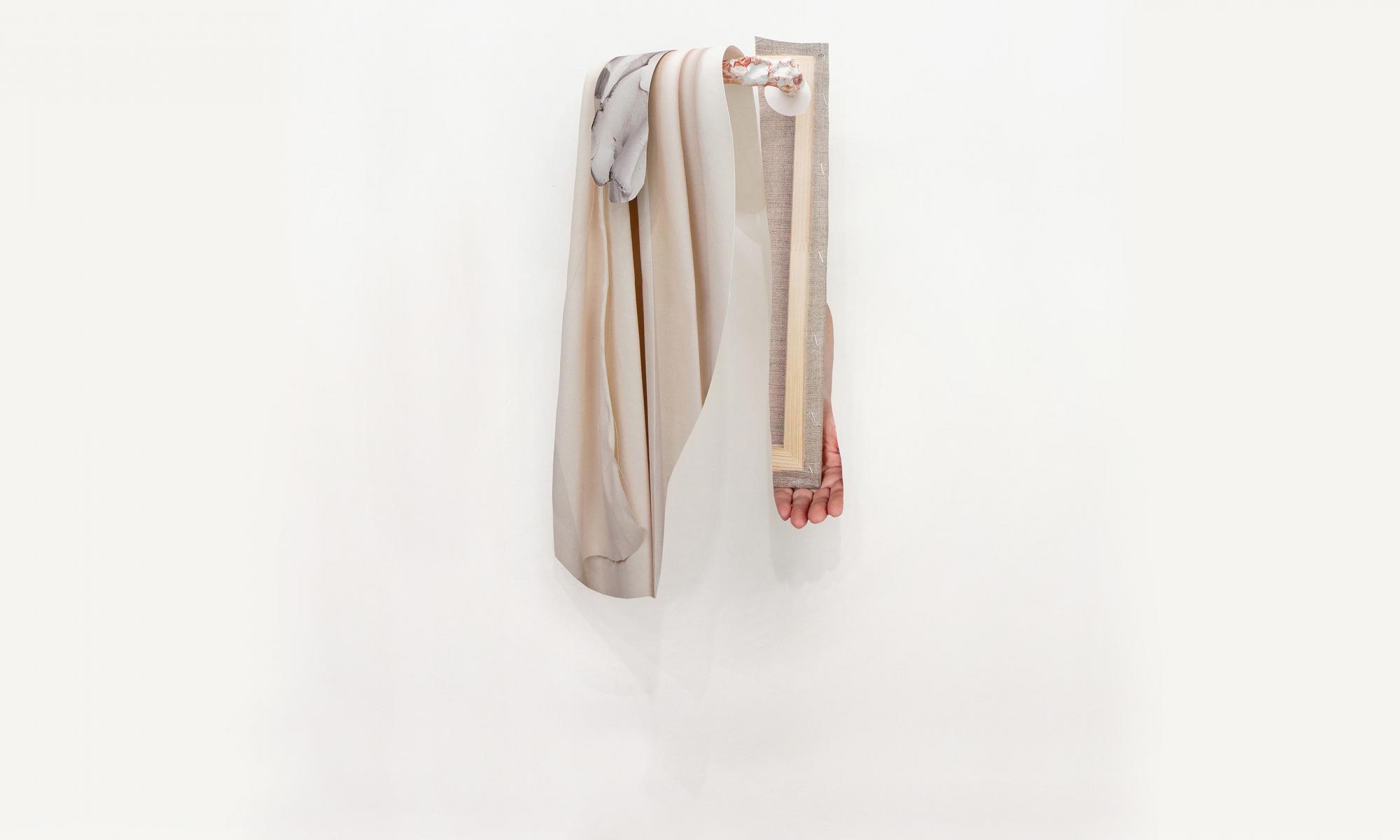
_2019_photo%20Malin%20Griffiths_2_smaller-itok=6HnZaxhI.jpg)
